See the Sights of Tokyo and Mt. Fuji from Shibuya
Make Shibuya your urban base for exploring Tokyo's marvels and discovering Mt. Fuji, one of Japan's iconic mountains, all in a day trip.
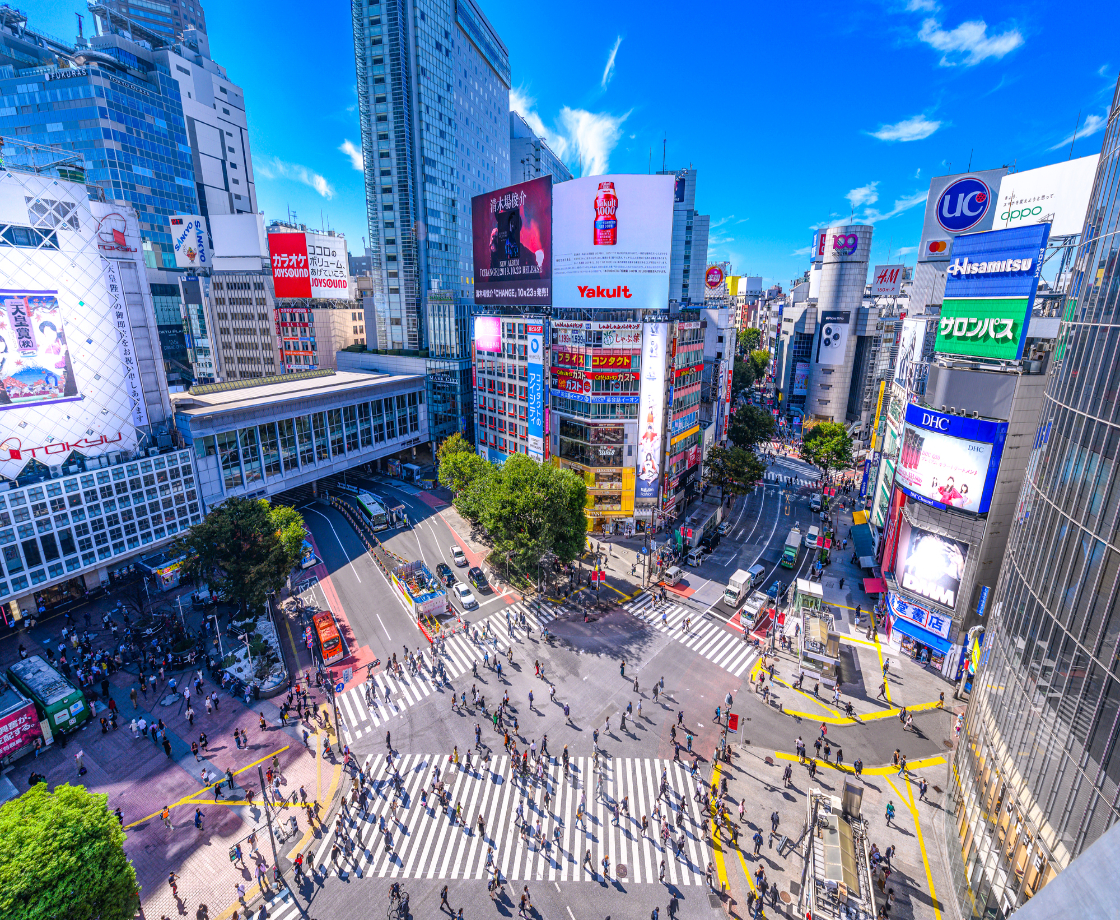
If you're visiting Japan for the first time, I highly recommend staying in central Tokyo; in particular, Shibuya, the vibrant heart of Tokyo. Known as one of Tokyo's most popular areas, Shibuya is celebrated for its dynamic youth culture and features iconic landmarks like the Shibuya Scramble Crossing and the Hachiko statue, both must-visit spots for tourists. Beyond these attractions, Shibuya offers a multitude of captivating tourist spots, making it the perfect base for exploring places of historical significance that still retain the vestiges of old Japan. Moreover, Shibuya provides easy access to popular destinations such as Lake Kawaguchi and Asakusa.
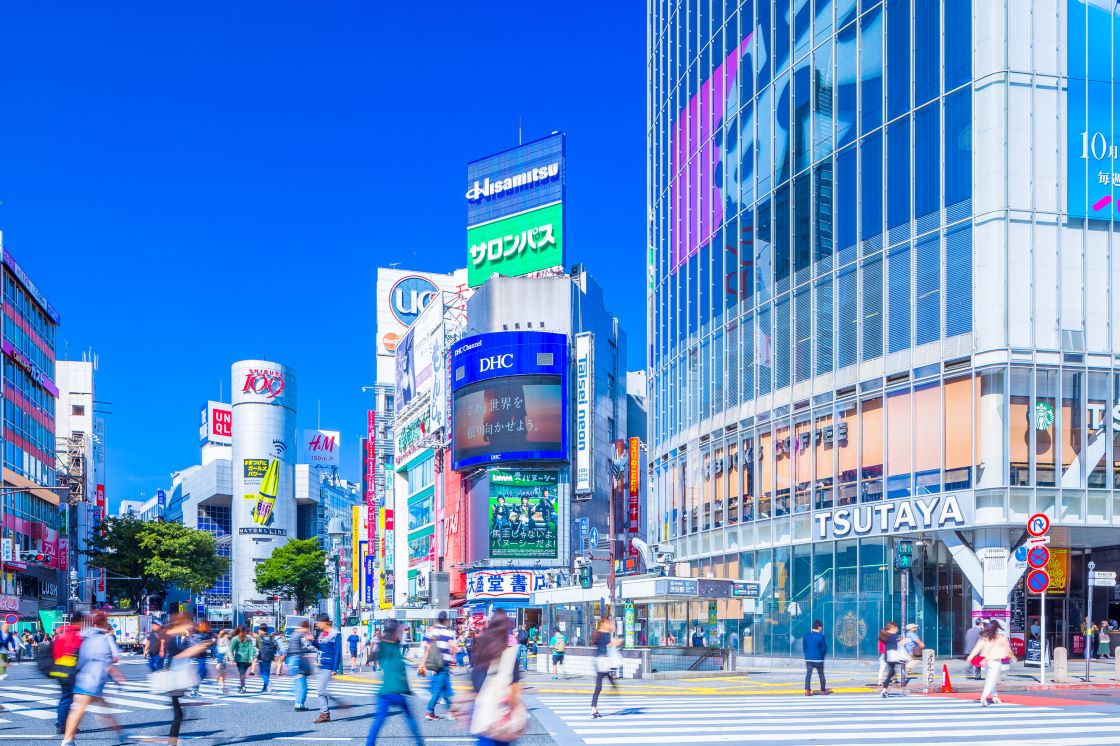
For my first visit to Tokyo, I planned to make the most of my time, mainly by taking a day trip from Shibuya to the Fujikawaguchiko area. To ensure a smooth journey, I pre-booked my seat on an express bus before my arrival in Japan.
I found this information online: Nine direct buses depart daily from Shibuya, arriving at Lake Kawaguchi, situated at the foot of Mt. Fuji, in just 120 minutes.
If you're interested, you can check the timetable and make reservations here:
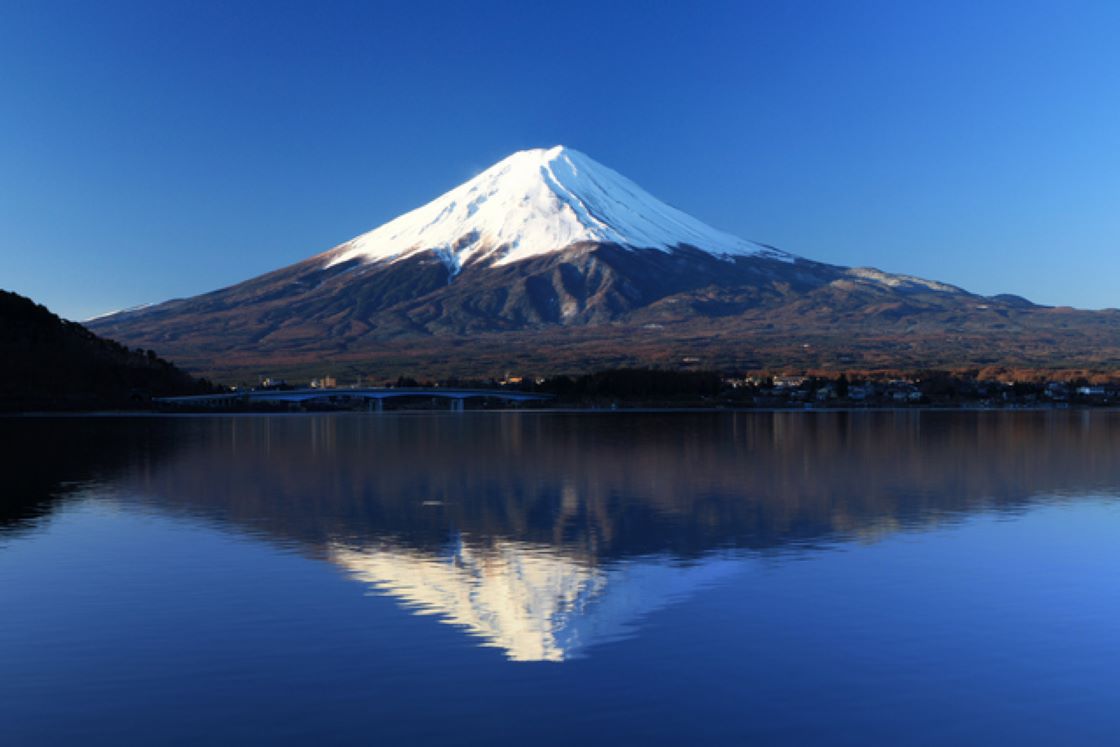
The Lake Kawaguchi route is extremely popular, so it's smart to book your seat online ahead of time. It doesn't matter where you are; even if you're in another country, you can save your spot starting from one month before you plan to travel. I found it to be so easy and convenient!
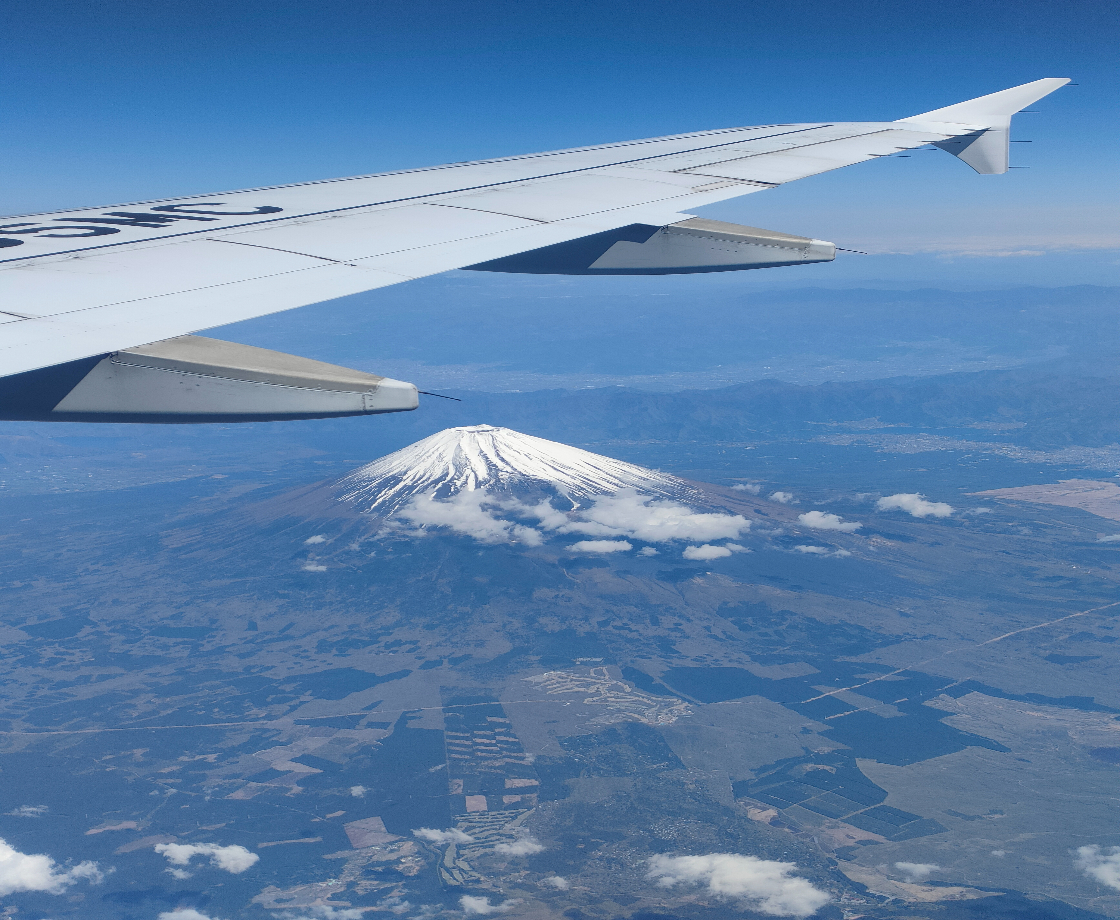
Day 1:
After landing at Tokyo's international airport, I had various options for getting to Shibuya. Guess what caught my eye? I stumbled upon the airport bus, which requires no transfers along the way. It seemed like the perfect fit for me.
Just to let you know, it takes about 60minutes from Haneda Airport and roughly 90~120 minutes from Narita Airport to reach Shibuya.
After arriving in Shibuya, my first task was to drop off my bags at the hotel. Without delay, I started hunting for a restaurant around the hotel. The hunger was hitting me hard—I was thinking that either McDonald's or Starbucks would be a great choice. After eating, it was time to check out Shibuya. Finally, I had reached the famous Shibuya Scramble! It's probably the most famous crossing in the world. Right near the scramble, I found the cute dog statue, Hachiko, still waiting for its owner to return.

Day 2:
I planned to ease into Tokyo with a stroll around Shibuya. However, the open-top bus caught my eye, which was too interesting to ignore. I decided to hop on the Shibuya Street Ride open-top bus at Shibuya Fukuras bus stop No.9
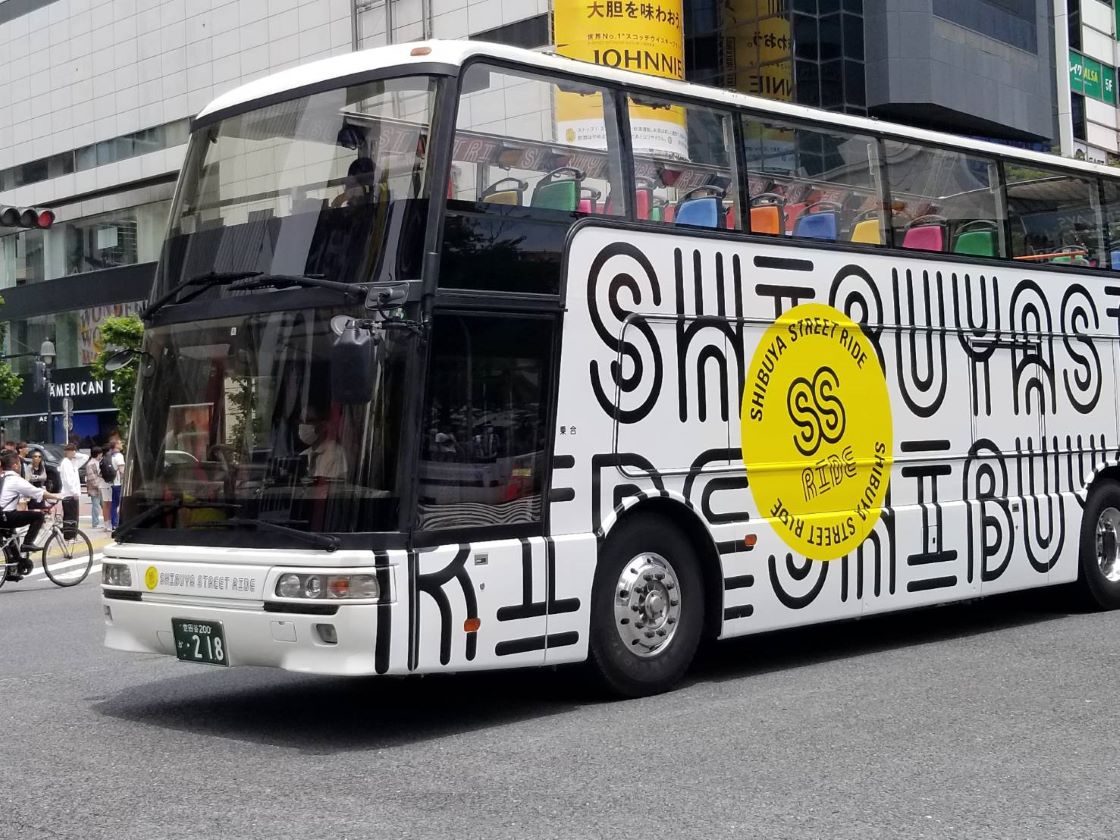
The route took me through Harajuku, where I witnessed some crazy fashion, before exploring Omotesando. It felt like an excellent way to delve into the different streets, the rich culture, and the history of the area. The bus was equipped with a multilingual audio guide, providing deeper insights into the charms of Shibuya. Don't forget to scan the QR code in your seat pocket, it offers a digital city walking guide for exploration even after you hop off the bus.
The journey promised an exciting adventure with the wind blowing through my hair and a chance to feel the city's energy—and it certainly lived up to that promise. You'll be sure to have a great time if you decide to jump on the Shibuya Street Ride.
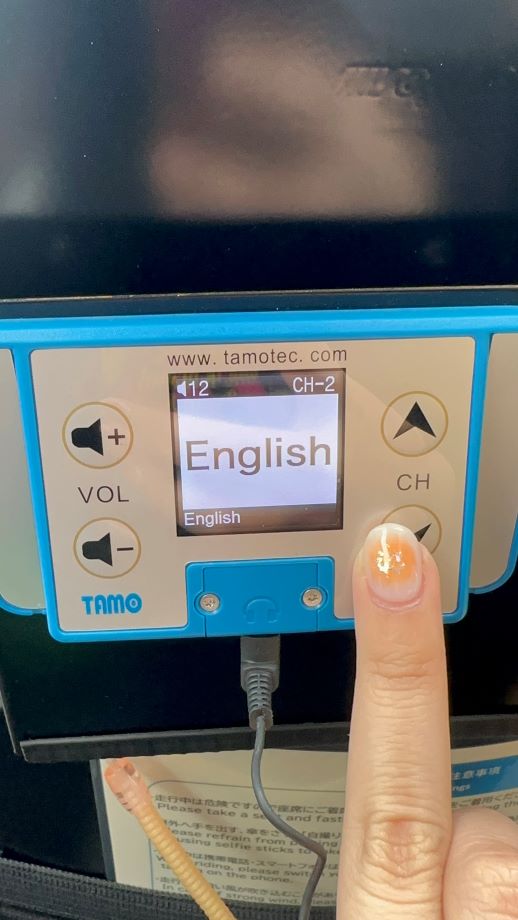
The audio guide. 
Hachiko Memorial Statue.
Before I headed to my next destination, I decided to grab a bite to eat at Midori Sushi restaurant. Many tourists recommend it as a local favorite, promising tasty morsels of fresh sushi to fuel your day!
To wrap up my stroll around Shibuya, I couldn't resist exploring the newest hotspot in town, Shibuya Sky. With a height of 230meters, its open-air observation deck offers an immersive360-degree view of Shibuya. It felt like taking a stroll in the sky.

If the weather cooperates, you might even catch a majestic glimpse of Mt. Fuji on the horizon. Also, the sunset and night vistas are truly breathtaking, capturing the magic hour and showcasing the city's illuminated beauty.
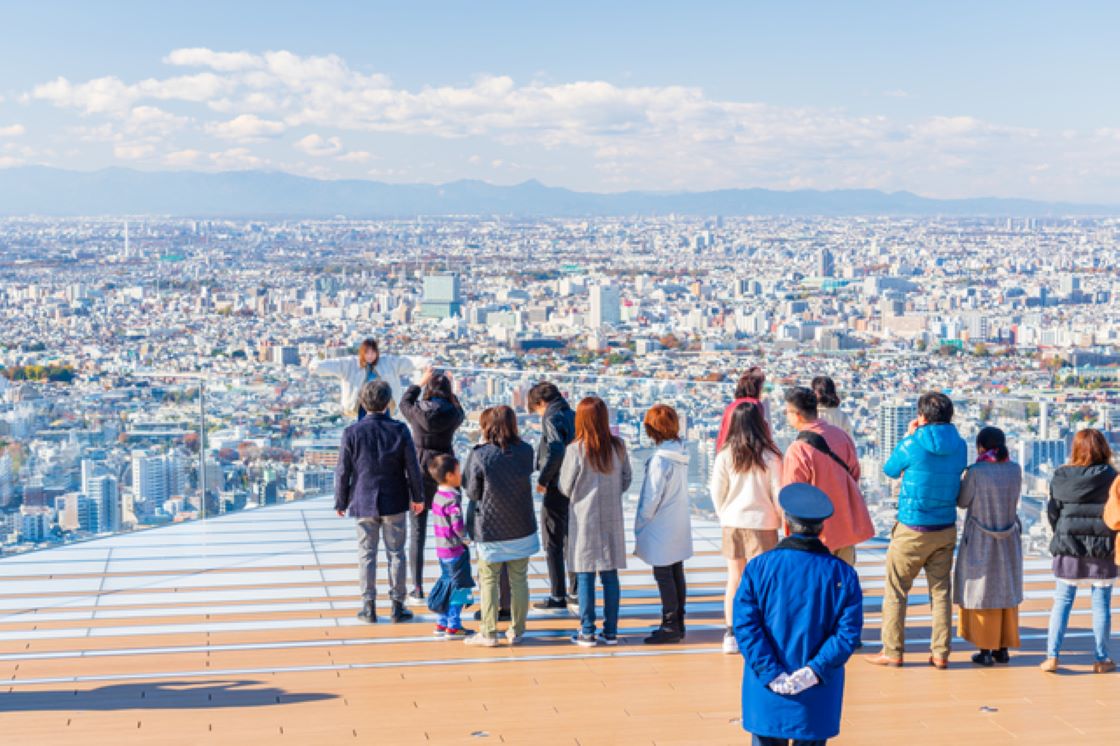
Keep in mind that securing a reservation for Shibuya Sky can be a challenge due to its popularity. However, here's a savvy tip—grab a discounted package ticket from Shibuya Street Ride for guaranteed admission, even when it's sold out.
Day 3:
I had planned a day trip to the breathtaking Fujikawaguchiko area to escape the hustle and bustle of Tokyo. Fortunately for me, I had pre-booked an express bus ticket online. In the morning, I headed straight to the bus terminal on the fifth floor of the Shibuya Mark City building to catch an express bus to Lake Kawaguchi.
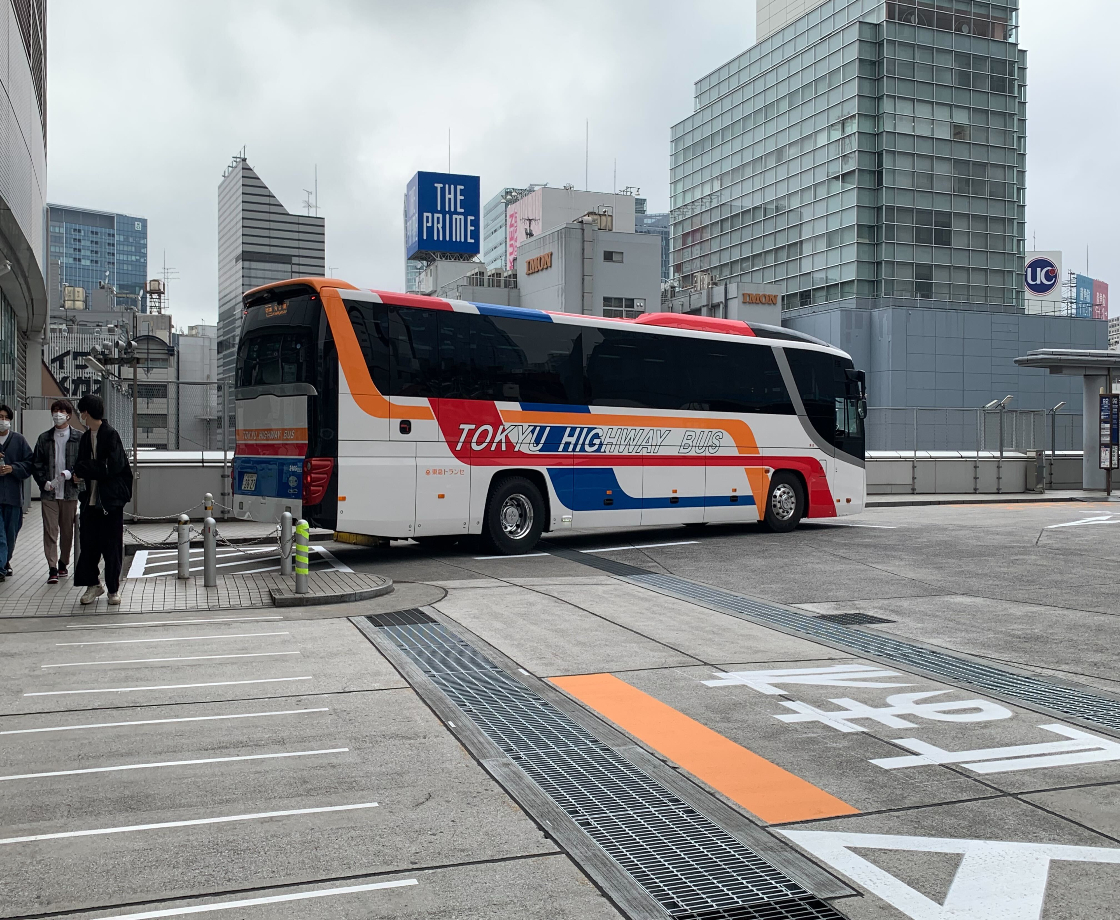
While aboard and passing by the Chureito Pagoda bus stop, it struck me that the awe-inspiring views of Mt. Fuji from Lake Kawaguchi is just one facet of the experience. The Chureito Pagoda offers a special panorama view, thereby adding another layer of appeal for visitors.
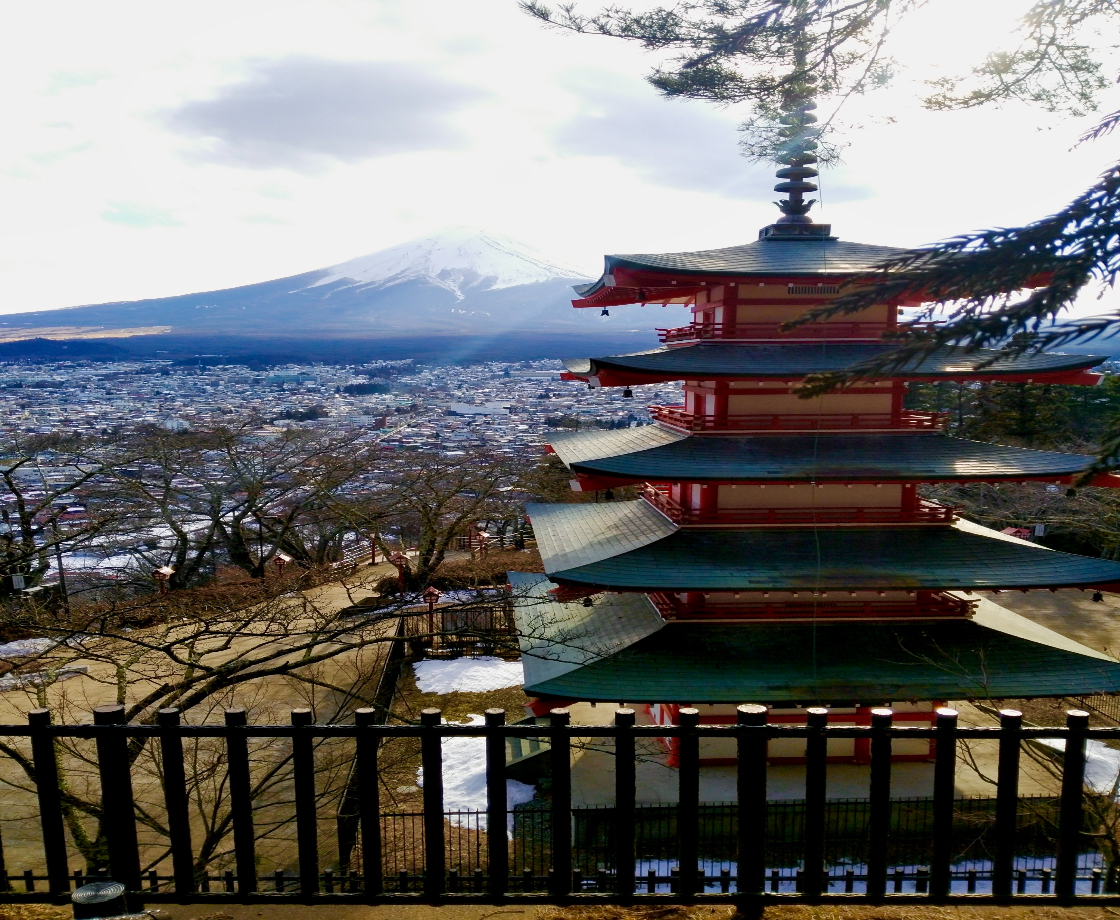
Upon reaching my destination, the plan was to explore Lake Kawaguchi at my own pace—whether by renting a bike or taking advantage of the sightseeing buses departing from Kawaguchiko Station. Worth noting is that these buses operate along three main lines—red, green, and blue—each offering a distinctly different route for exploration.
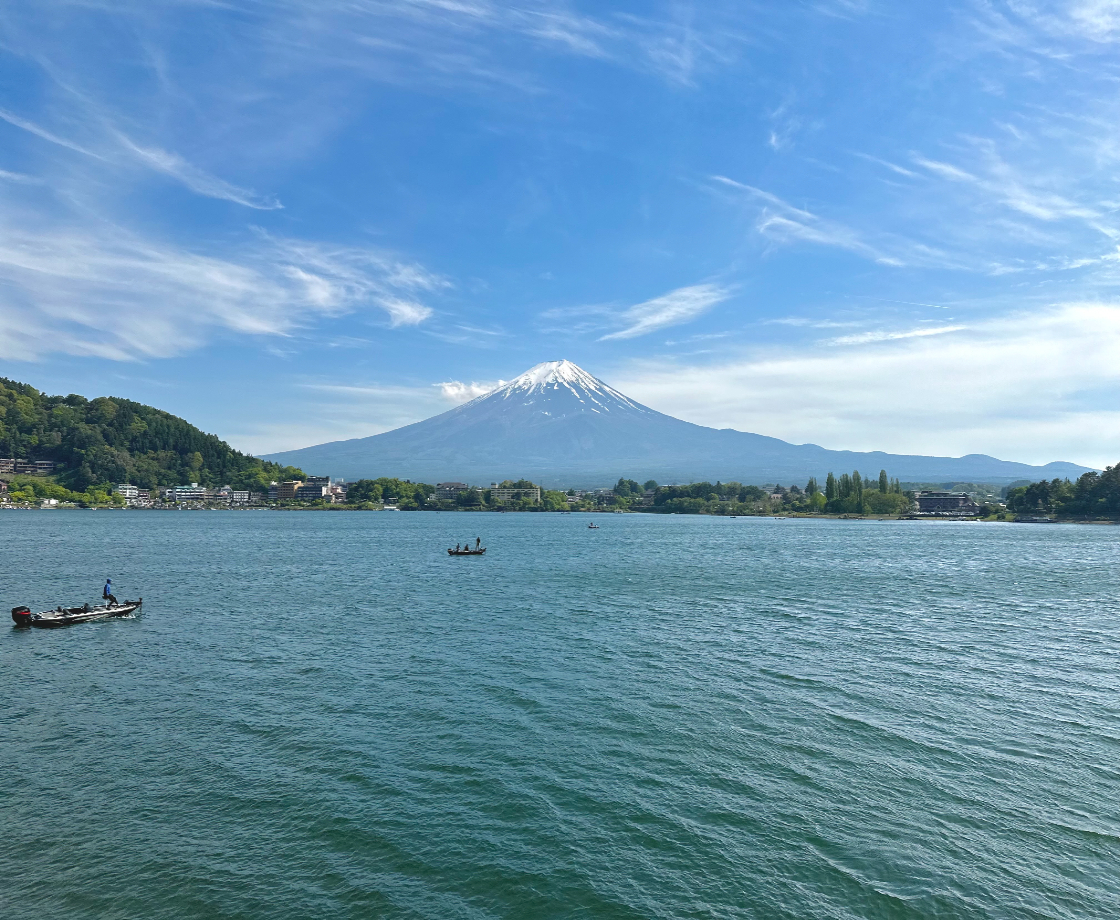
Fujikawaguchiko, Shibuya has buses that go straight to two large shopping meccas: Gotemba Premium Outlet Mall and Kisarazu Outlet Mall. While the views of Mt. Fuji cannot be seen from Kisarazu Outlet Mall, visitors can still enjoy a wonderful shopping experience and take their time to relax. These malls are beloved by people from different countries as they are among the biggest in Japan. What makes them even more enticing is the opportunity to enjoy beautiful views of Mt. Fuji while indulging in a day of shopping. If you're looking for a combination of shopping and great views, these malls are an excellent choice.

Shibuya ⇔ Gotemba Premium Outlets:
Shibuya ⇔ Mitsui Outlet Park Kisarazu:
If you're up for a relaxing hot spring experience or exploring a cozy hot spring town, Kusatsu Onsen is the place to visit. It's loved by people from all over Japan. If you do visit, try staying at a hot spring inn for the full experience. It's a fun way to embrace Japanese culture and create lasting memories on your trip to Japan.

Shibuya ⇔ Kusatsu Onsen
All the express buses I mentioned can depart from the bus terminal on the 5th floor of Shibuya Mark City. This provides an easy and convenient transportation option for travelers in Shibuya.
Honestly, spending only one day in Fujikawaguchiko might sound like it's not enough time, but it's actually doable. That's why I did a day trip to Fujikawaguchiko and returned to the same hotel in Shibuya. Considering that I went on a long trip the day.
Day 4:
Before, the next morning I relaxed at the hotel and left a bit later to avoid the crowded trains. The plan was to explore Asakusa—the heart of downtown Tokyo!

My first destination was the very famous Sensoji Temple. Around the temple, there are some interesting things to see and do, such as fortune telling papers in English, and if you're lucky to be there at the right time of year, you might find yourself in the middle of an omatsuri, or festival. Or, if you feel like it, you can rent and wear a kimono, and take a leisurely stroll around the Asakusa area. This time, I went for a nice walk by the river at Azuma-bashi Bridge. The weather was really good, so it was a great place to spend some time. I found out that Japanese people always come to this bridge to watch the sunrise on the first day of the year, every New Year. It sounds like a beautiful tradition.

To make my journey simpler, I found the fastest way to reach Asakusa was to take the subway Ginza Line. This line runs between Shibuya and Asakusa, with the trip taking only about 30minutes. When I rode the train, I certainly felt some vintage vibes. Fun fact: the Ginza Line was the very first subway line in Japan!
In the evening, I headed back to Shibuya to enjoy its unique nightlife. As the night descended, the city transformed with colorful neon lights, creating a mesmerizing atmosphere. It was the perfect time to take in the beautiful night panorama from iconic landmarks, mingle with new friends over craft beers, and embark on extraordinary adventures in the heart of Shibuya.
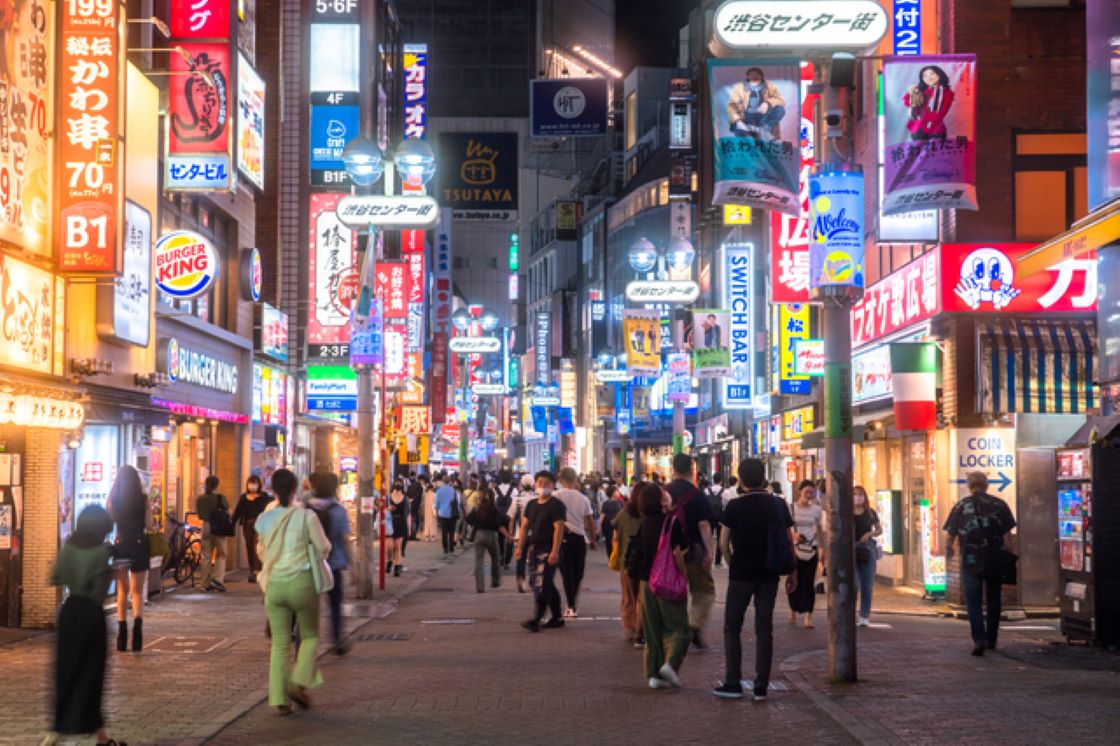
One standout spot was the Lion Bar, where DJs hailing from different parts of the globe deliver an added level of excitement. It's a fascinating place to check out.
In addition to the information above, Tokyo Kabukicho Tower, the newest attraction in Tokyo, is also popular among foreign tourists. This innovative facility offers a unique experience, allowing you to immerse yourself in Japanese culture as a form of entertainment.

Open-top buses also operate between Shibuya and Tokyu Kabukicho Tower.
It's also convenient to use the express bus that goes directly to the airport when the time comes for you to return home.